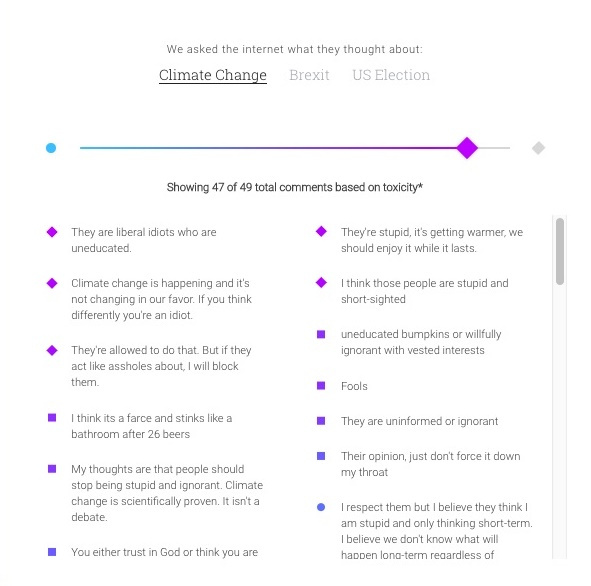Cyber Insurance Uptake Hampered By Skewed Data, Poor Communication
Sales of cyber insurance policies are suffering from a lack of shared data about security incidents, too few standard definitions, and not enough focus on risk mitigation for insurers or customers, according to a report from Deloitte released this week.
Value of the current cyber insurance market ranges from $1.5 billion to $3 billion, and remains a small fraction of the $505 billion revenues from all insurance premiums bought in 2015.
Many businesses have yet to purchase a cyber policy: not even a third of US businesses (29%) bought cyber insurance as of October 2016, according to a survey by the Council of Insurance Agents and Brokers that Deloitte cites. Of those companies or organizations that have purchased policies, many are often underinsured, according to Deloitte’s Demystifying Cyber Insurance Coverage report.
“A September 2015 CIAB study found only 40% of Fortune 500 companies had cyber insurance at that time, while those that did often bought limits that didn’t cover the full extent of their exposure,” the report said.
If those sound like scare tactics to induce customers to buy or add to their cyber insurance policies, they’re not. The Deloitte report is more focused on what the insurance industry might do to improve its own policy design, standardize the lexicon of coverage, and educate both customers and the agent/brokers that sell cyber insurance, explains Sam Friedman, insurance research leader for Deloitte.
Part of the problem stems from what exactly constitutes a cyber insurance policy. While there are plenty of stand-alone cyber insurance policies from which to choose, some customers buy cyber coverage as part of their business insurance. General liability policies sometimes also include modest cyber protection; cyber coverage is sometimes issued under a business disruption policy.
“Definitions are a big challenge,” Friedman says. “There’s a lack of standardization even among the policies themselves.”
With a stand-alone cyber insurance policy, for example, three carriers will have three vastly different offerings, with differences in terminology and types of coverage offered, he adds.
And despite more than 20 years of breaches, hacks, and malware attacks, Deloitte also points to a lack of sufficient cybersecurity data, which ultimately undercuts accurate underwriting. The problem is that most companies aren’t legally bound to disclose breaches unless they involve consumer data, which results in a reporting bias that impacts how policies are structured – and priced.
Friedman also attributes faulty data to regulatory rules that affect healthcare and financial services companies more frequently than other vertical industry sectors. So while there’s more data about those two industries security issues, it doesn’t accurately reflect what’s happening in the aggregate or across all industry sectors. And though there are centralized databases for workmen’s comp information, for example, which insurers rely on and access regularly, there isn’t a cybersecurity equivalent, Friedman notes.
As long as that condition persists, insurance carriers’ risk models will only be as good as the skewed data that does get shared.
Deloitte recommends that insurers implement different, risk-informed models, as opposed to definitive, predictive models, and “break down data silos across the industry to better pool underwriting resources,” the report states.
Insurers also aren’t very agile in tracking the constantly changing nature of the threat landscape, the consultancy notes. Those evolving threats, “risks,” in the insurance lexicon, run the gamut from ransomware to the Internet of Things, and even the advent of nation-states as instigators of cyberattacks.
“As underlying exposures continuously shift, insurers adapt to one type of attack only to face a new threat technique. This makes risk management an ongoing predicament,” Deloitte says. “The key to getting past this could lie in becoming a client’s full-service cyber risk manager as well as their chief risk-transfer vehicle.”
Friedman says that makes it hard for buyers to figure out exactly what they need and even harder to understand what they’re buying. “Most customers are very dependent on brokers for this, and in some cases the brokers aren’t that well-informed about the changing nature of the risk,” he says, adding that multi-level communication and education will be essential here.
Friedman encourages insurers to focus more on what the buyer is doing to lock down their cyber assets and resources and how they respond and recover from cyber incidents. “Insurers can help them with that and offer risk mitigation and support,” he says.
Insurance companies aren’t just cyber insurance sellers, but also consumers too, he notes. Many of them have very sophisticated security networks and protections and work with national organizations to share threat factors.
“They very rarely leverage what they do for themselves with what they do to sell coverage,” Friedman says. “They could bring that to bear in the risk assessment process with underwriters, but also to help service clients.”
Related Content:
- Average Breach Falls Below Cyber Insurance Policy Deductible, Study Shows
- 12 Tips for Securing Cyber Insurance Coverage
- How To Bridge The Cyber Insurance Gap
Save
Save
Terry Sweeney is a Los Angeles-based writer and editor who has covered technology, networking, and security for more than 20 years. He was part of the team that started Dark Reading and has been a contributor to The Washington Post, Crain’s New York Business, Red Herring, … View Full Bio
Article source: http://www.darkreading.com/risk/cyber-insurance-uptake-hampered-by-skewed-data-poor-communication/d/d-id/1328265?_mc=RSS_DR_EDT


